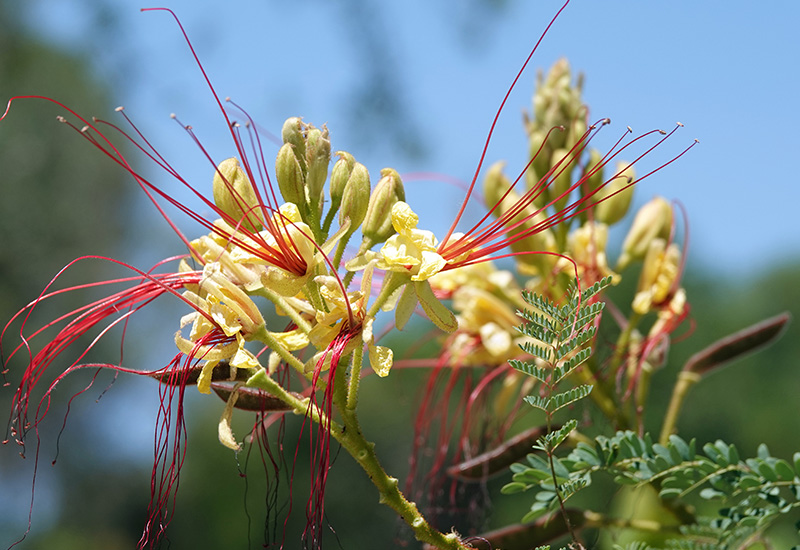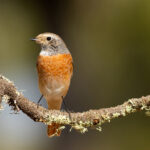That burst of life and colour from spring is behind us now, but there are still some real head-turners vying for our attention in the garden right now.
The top of the list has to be the bird of paradise shrub or Erythrostemon gilliesii (formerly known as Caesalpinia gilliesii). It is not related to the Strelitzia at all, but belongs to the legume family. It is native to South America but is mainly found in Argentina and Uruguay. It has fern-like foliage and grows up to two and a half metres tall and about one and a half metres wide. I prefer to grow my plants as a standard so it forms a stem about one and a half metres high, topped by a rough ball of foliage which I keep lightly trimmed to stop it from going too leggy.
Starting in May and lasting for several months, the bird of paradise has spectacular flowers emerging from massed buds. They are yellow with very long bright red arched stamens and are really eye-catching. The good news for us in the Algarve is that once established, it is quite drought tolerant, requiring a deep watering every two weeks or so. It is easy to grow from seed too. Just harvest the pods, ensure you pour boiling water over the seeds and leave overnight before sowing.
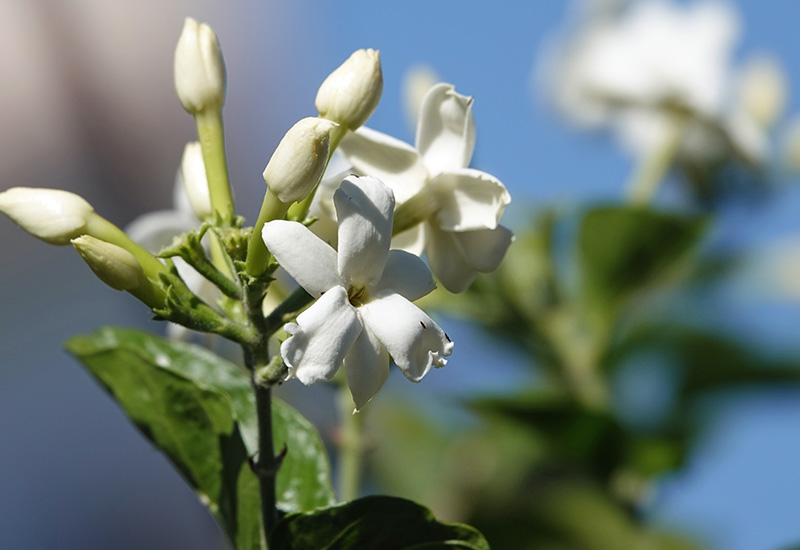
My next head turner is a bulb commonly known as the Knysna lily (Cyrtanthus obliquus), which comes from South Africa and belongs to the Amaryllis family. It has slightly twisted green-blue strap-like upright leaves and, in early summer, sends up a single flowering stalk topped with drooping tubular yellow, orange and green flowers. As it is right by the main gates to the property, it always gets comments from visitors because it is so unusual.
My final eye-catching candidate is the Arabian Jasmine (Jasminum sambac) which is native to tropical Asia. It has glossy green leaves and fabulous, very fragrant, white flowers with a long blooming period which are used to flavour tea and in leis (a Hawaiian garland of flowers). A slight drawback is its untidy habit, so it does need to be tied in and trained either as a sprawling shrub or climbing vine.
I shall stray slightly from my theme here as I want to highlight the extension I have made to my vegetable patch, which is looking great right now. Between my raised vegetable beds and my potting area, there used to be a pomegranate hedge, which was planted about twelve years ago. The four bushes were very successful to the point that I was pruning them up to three times a year and getting my arms shredded in the process. I decided enough was enough and arranged to have them dug out.
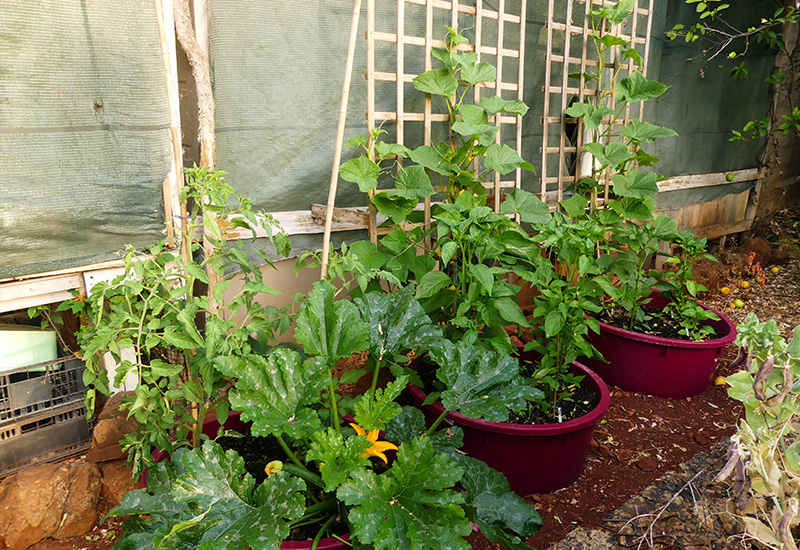
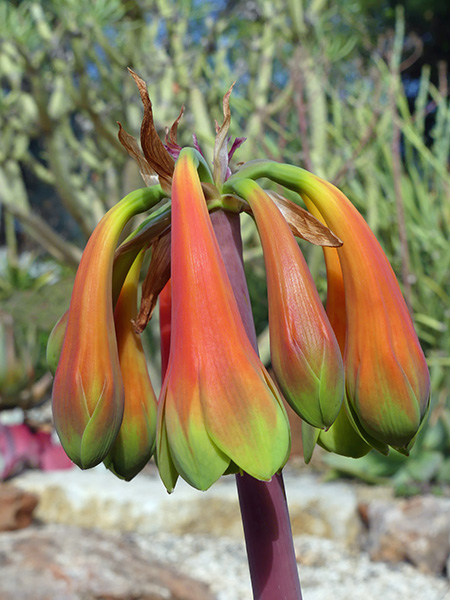
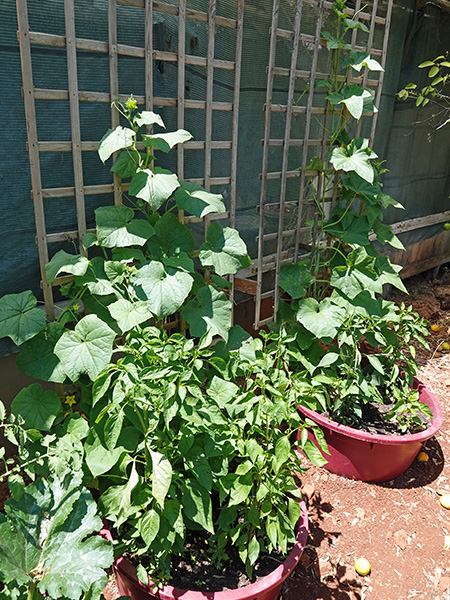
I’ve replaced them with three large red plastic containers about thirty centimetres deep with a diameter of seventy centimetres. I filled these with a mixture of potting soil, river sand, horse poo and my own compost, plus some fertiliser. They get sun from early morning to early afternoon and are then shaded by my potting area. I’ve planted one with tomatoes and a courgette and the other two have one cucumber supported by a trellis at the back and then three chillies each. Early indications are promising. We are already harvesting cucumbers and courgettes, several tomato tresses have set already and my chillies are just starting to flower.
Tamsin Varley is a member of Clube Dos Bons Jardins, a small, friendly multi-national garden club that meets at different locations around the Algarve on the 2nd Tuesday of every month except over the summer with an optional lunch afterwards.
